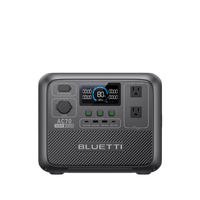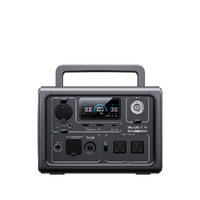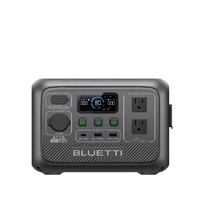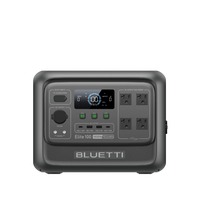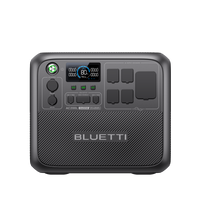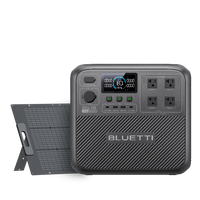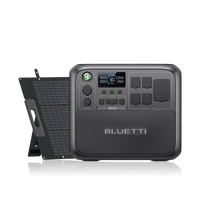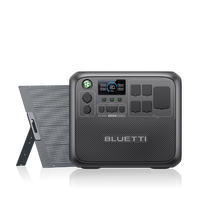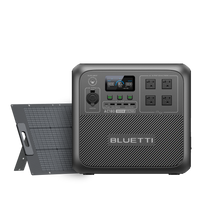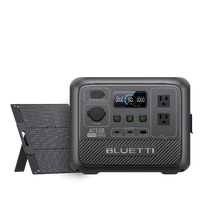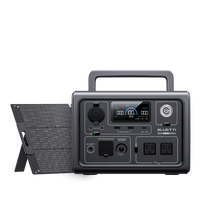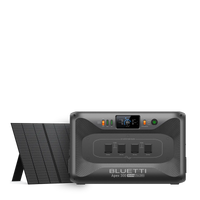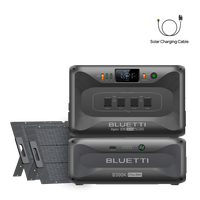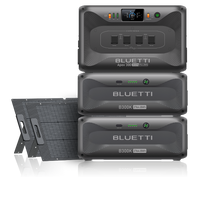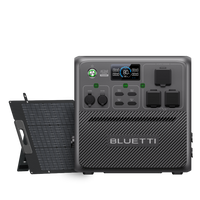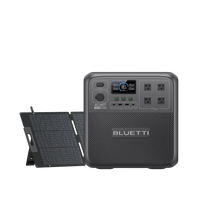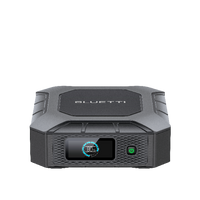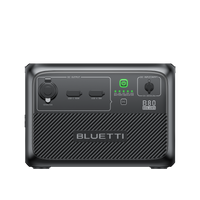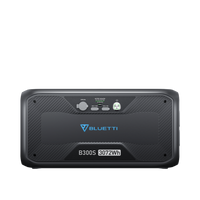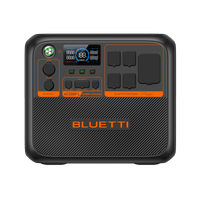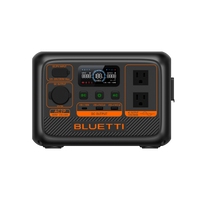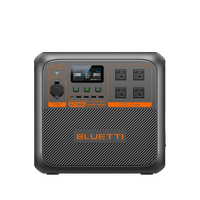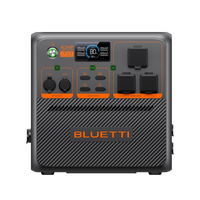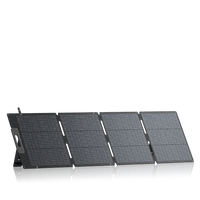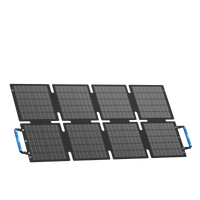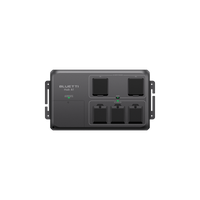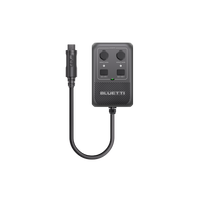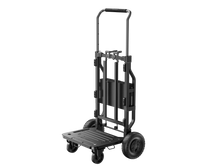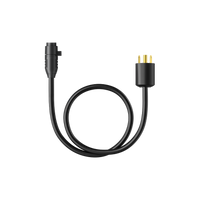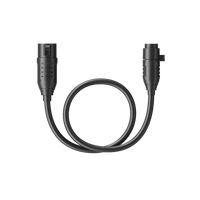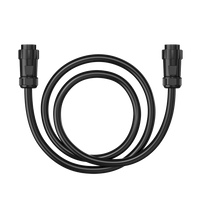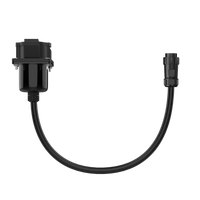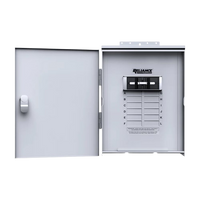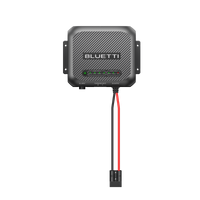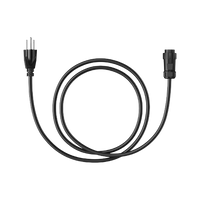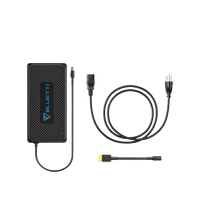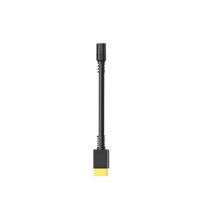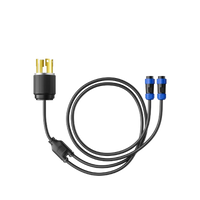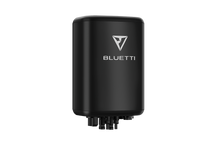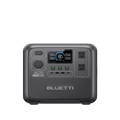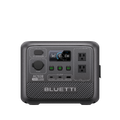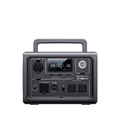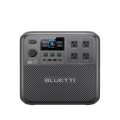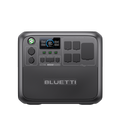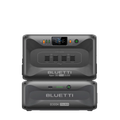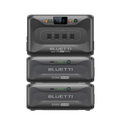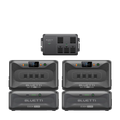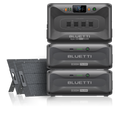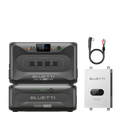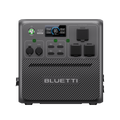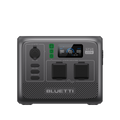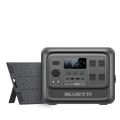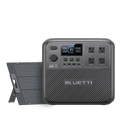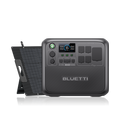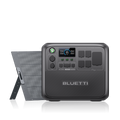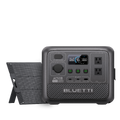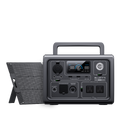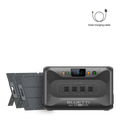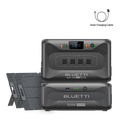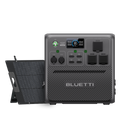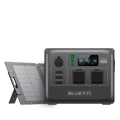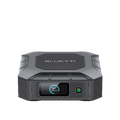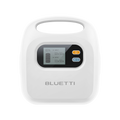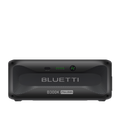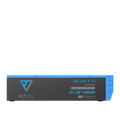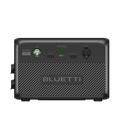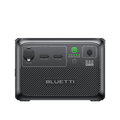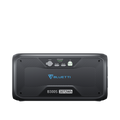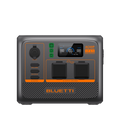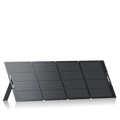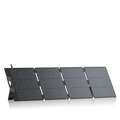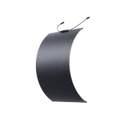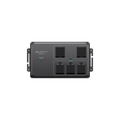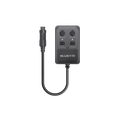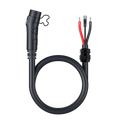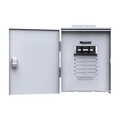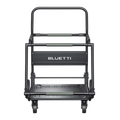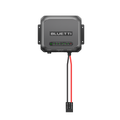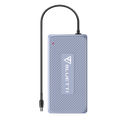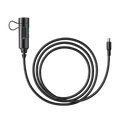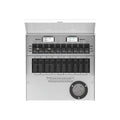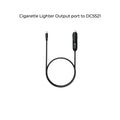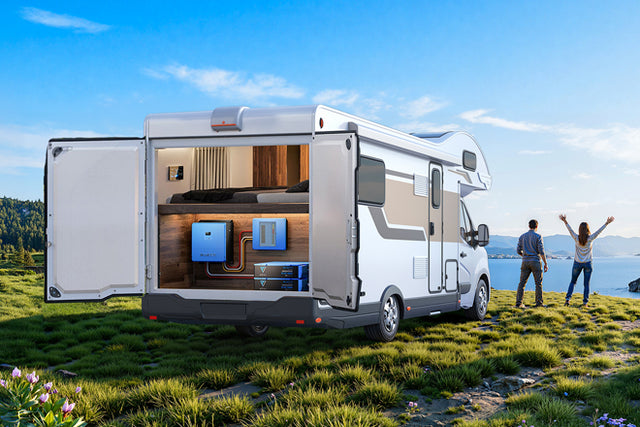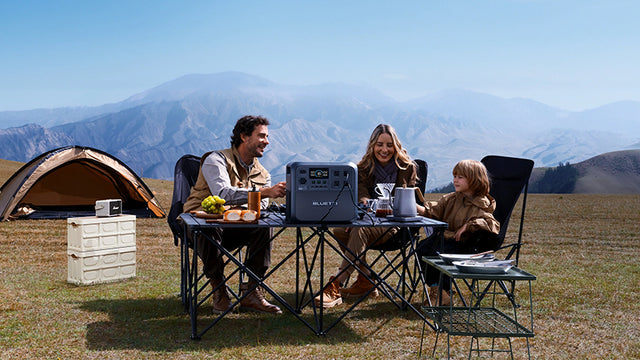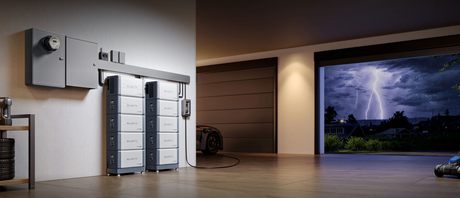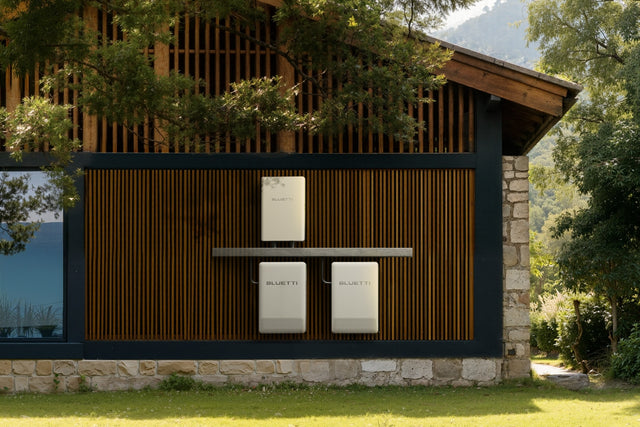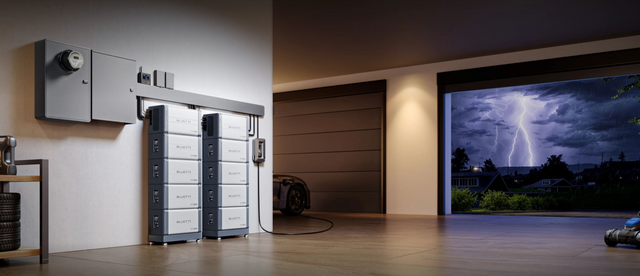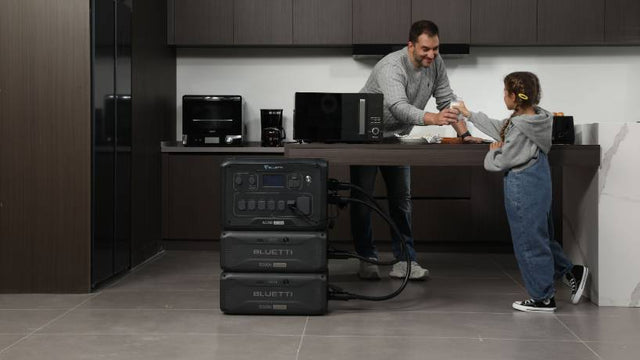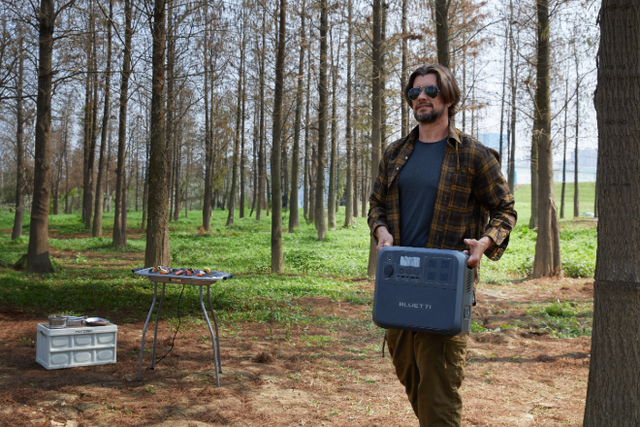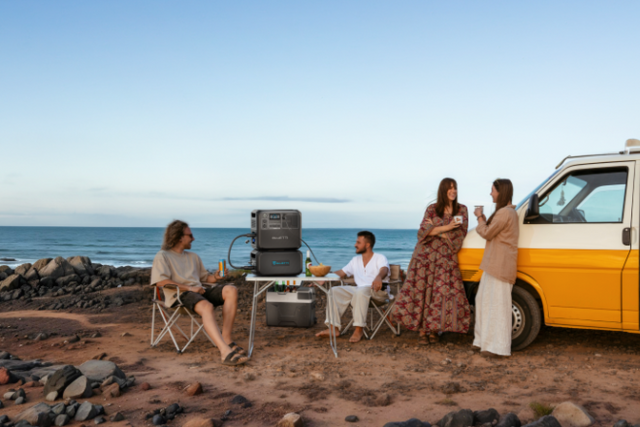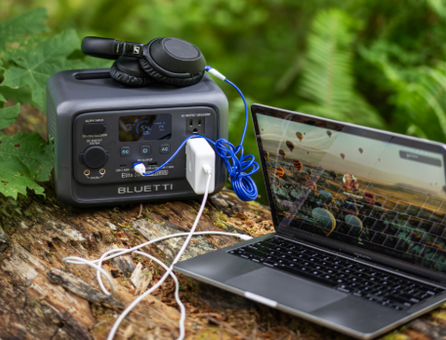Your cart is empty
Shop our productsA storm rolls in. The lights flicker, then boom, everything goes dark. At first, it's just an annoyance, but a few hours later, your fridge is turning into a ticking time bomb. Milk starts to sour, veggies droop, and leftovers are a lost cause. That's not just frustrating, it's money straight into the trash.
Beyond food, refrigerators store critical items like insulin, medications, and vaccines. Consistent cold storage is non-negotiable.
Nowadays, blackouts are lasting longer, and people are noticing. That's why more and more homeowners are looking at battery backup systems to keep the fridge humming when the grid gives up.
This guide covers determining your refrigerator's power needs, types of backup systems, expected costs, and tips to maximize efficiency.
By the end, you'll have a clear plan to keep your fridge and everything inside it safe, no matter what the power grid decides to throw at you.
Why a Battery Backup Really Matters

When the power goes out, everything in the fridge suddenly goes on a countdown.
According to the USDA, you've got about four hours if the fridge stays closed and is at 40°F or below before food safety becomes a real issue. Freezers offer more time: up to 48 hours for a full freezer or 24 hours for a half-full one, if unopened. A battery backup stretches that safety window even further, which means less waste and fewer worries.
It's not just about food, though. Medications and vaccines often need a steady cold environment. Even a short outage can ruin them, and that's not something you can just replace easily.
Then there's the peace-of-mind factor. Instead of stressing every time the lights flicker in a storm, you know your essentials are covered. No panic, just calm.
And unlike noisy, gas-powered generators that stink up the place, battery backups are quiet, clean, and safe to use indoors. You get security without the fumes or the racket.
Understanding Refrigerator Power Needs

Not every fridge is built the same, and that means its energy use isn't either. If you want to size a backup system properly, you've got to know what your specific fridge actually draws.
- Running Wattage
Most standard, full-size refrigerators sip around 300-800 watts while running. A little mini fridge? That's more like 50–100 watts.
- Startup Surges
Here's the catch: when the compressor kicks on, the power demand spikes, sometimes two to three times higher than normal. In fact, a 500-watt refrigerator can briefly jump close to 1,500 watts.
- Daily Consumption
Over the course of a day, a full-size fridge (300-800W) usually burns through about 3–8 kilowatt-hours. Mini fridges, being smaller, average closer to 0.5–1 kWh.
Knowing these numbers upfront makes it a whole lot easier to choose the right battery backup and avoid surprises.
Quick Reference Table:
|
Fridge Type |
Running Watts |
Surge Watts |
Daily Energy |
|
Mini Fridge |
50-100W |
100-200W |
0.5–1 kWh |
|
Full-Size Fridge |
300-800W |
600–1,600W |
3-8 kWh |
Knowing wattage and surges helps choose the right battery backup.
Smart Fridges and Additional Power Draw
Not all refrigerators are created equal. Modern smart fridges, especially those with touchscreens, cameras, built-in voice assistants, or ice and water dispensers, tend to use more energy than standard models.
While a basic full-size refrigerator may average 300–800W, a smart fridge with these features can reach 800–1,200W at peak, especially when the ice maker or defrost cycle is active.
If your household uses one of these advanced models, make sure to size your battery backup about 20–30% larger than you would for a standard unit.
Which Battery Size to Go For?
Sizing a battery is straightforward with three steps:
1. Running Watts
Check your fridge's label or manual. That'll tell you how much power it normally uses.
2. Factor in Surge Watts
Fridges don't just hum along at one speed. When the compressor kicks in, it pulls two to three times more power for a few seconds. Plan for that surge so your backup doesn't trip.
3. Estimate Runtime Needs
Decide how long you want the fridge running during an outage, just a few hours, overnight, or a couple of days?
Quick Example
Say your fridge uses 200 watts, and you want it covered for 12 hours. With a ~40% duty cycle, a 200W fridge running 12 hours needs: 200W × 12h × 40% = 960Wh.
Considering 20% to account for efficiency losses, you are easily looking at roughly 1,150Wh of battery capacity.
Backup Options You Can Consider
- Portable Power Stations (500–2,000Wh): Great for mini fridges or short blackouts.
- Whole-Home Systems (10–20 kWh): Big enough to keep a full-size fridge (and other essentials) going for a day or two.
Different Types of Backup Solutions

When the power goes out, you've got a few backup paths to choose from, each with its own sweet spot.
Portable Power Stations
These are the grab-and-go options: lightweight, safe to use indoors, and perfect for shorter outages. They can keep a mini fridge running for several hours without breaking a sweat.
UPS (Uninterruptible Power Supply)
Think of a UPS as a quick bridge. It's designed to cover those annoying short gaps, maybe 15 to 60 minutes, until power comes back or a bigger system kicks in. Handy, but not meant for long stretches.
Whole-Home Battery Systems
This is the heavy hitter. With 10–20 kWh of storage, these setups can power a fridge and other appliances for a day or two, depending on how much you're running. They're ideal if outages are frequent or last longer.
The right choice really comes down to lifestyle. If you're looking for portability and short-term coverage, a power station is your friend. If blackouts are a regular headache, a whole-home system will give you peace of mind.
Cost and Installation
- Portable Power Stations
If you're just looking for something small and flexible, portable units usually run between $300 and $2,000. They're basically plug-and-play, no installation headaches, just charge it up and you're good to go.
- Whole-Home Systems
On the other end of the spectrum are full battery setups for the house. These typically fall in the $5,000 to $20,000 range, and that includes professional installation. Pricey, yes, but they cover way more than just a fridge.
- Incentives
The good news: you don't always have to shoulder the full cost yourself. State and federal tax benefits could reduce costs, particularly when combining solar with batteries.
- Long-Term Savings
Consider the potential consequences of a prolonged outage, such as spoiled food, damaged prescription drugs, or even the expense of an emergency hotel stay.
Maintenance Tip: Regularly cleaning condenser coils and checking door seals can reduce overall energy use by 10–15%, extending both the lifespan of your fridge and the runtime of your backup battery.
Getting the Most Out of Your Backup Power
A backup battery can only do so much, so the way you manage your fridge makes a big difference
Temperature Management
Set your fridge to around 37°F and your freezer to 0°F. That's the sweet spot, cold enough to keep food safe without wasting extra power.
Ambient Temperature Matters
Your fridge's energy use depends heavily on the room it's in. Units kept in hot areas like garages or near ovens can use 25–50% more power just to stay cool. If possible, position your refrigerator in a shaded, ventilated space to ease the load on your battery backup.
Temperature Setting Impact
Every degree below 37°F increases energy use by roughly 5–10%. Keeping your fridge at the recommended 37°F (and freezer at 0°F) balances food safety and efficiency, reducing strain on both your fridge and battery backup.
Limit Door Openings
Every time you swing the door open, you let cold air spill out. Try to grab what you need in one go instead of poking around. Little habits like this stretch your runtime.
Check Door Seals Regularly
If the door gasket isn't sealing properly, cool air leaks out, forcing the compressor to work harder and consume up to 20% more power. A quick way to test: close a sheet of paper in the door; if it slides out easily, your seal needs replacing.
Defrost Cycle Awareness
Most modern refrigerators use automatic (frost-free) systems that trigger brief defrost cycles. These spikes can raise energy draw by 100–200W for 15–30 minutes. When calculating your total power needs for backup, factor in this periodic increase, especially if you expect long runtime coverage.
Energy Star Appliances
If your fridge is older, it might be a power hog. Energy Star–rated appliances sip less electricity, which means your backup lasts longer.
Solar Integration
Pairing your battery with solar panels is a game-changer. You can recharge sustainably during the day and keep things running even through multi-day outages.
Smart Monitoring
Many modern systems come with apps that let you track power use, see how much juice you've got left, and even estimate runtime. It takes the guesswork out of managing an outage.
|
Condition / Feature |
Impact on Power Use |
Tip to Improve Efficiency |
|
Smart fridge (touchscreen, ice maker) |
+20–40% |
Choose Energy Star smart models |
|
Hot ambient environment (garage, summer) |
+25–50% |
Keep fridge shaded & ventilated |
|
Poor door seal |
+10–20% |
Replace worn gaskets |
|
Each °F below 37°F |
+5–10% |
Stay near 37°F for best balance |
|
Defrost cycle |
+100–200W for short periods |
Include buffer in backup sizing |
Recommended Solutions for 2025
If you're trying to keep a fridge alive during a power outage, here are a couple of options worth considering:
Mini Fridges / Short Outages

For smaller setups, a portable unit like the BLUETTI Elite 100 V2 is usually enough. It's got around 1,024Wh of capacity, which translates to roughly 4–10 hours of cooling time for a mini fridge. Actual cooling time (accounting for duty cycles) may be longer. Its lightweight design makes it easy to transport, and you don't have to mess with any tricky setup.
Full-Size Refrigerators / Longer Outages

Got a bigger fridge or expecting a blackout that drags on? The BLUETTI Apex 300 is the stronger option. It has more output and multiple ports, so it handles full-size refrigerators better. On a single charge, you're looking at 12+ hours of runtime. Since it's solar-compatible, you can keep it topped up if the outage stretches into days.
What stands out about BLUETTI is how efficient and portable the gear is. Whether it's a quick blackout or a full-on storm that lingers, these units give you reliable coverage without a lot of hassle.
Closing Thoughts
When the lights cut out, the fridge suddenly becomes more than just a kitchen gadget; it's what keeps your food safe, your meds stable, and in some cases, even vaccines usable. That's why a backup power setup isn't just "nice to have." It's the kind of thing you're glad is there when you really need it.
The good news? You don't have to overspend or overcomplicate things. Balance what you really need with your budget, and build in a few smart habits like using an Energy Star–rated fridge, keeping doors closed as much as possible, and monitoring your usage.
Brands like BLUETTI make it easier than ever, with options that fit both small apartments and larger households. With the right setup, you're not just protecting groceries, you're protecting health, safety, and peace of mind.
FAQs
- How many hours can a battery backup keep a refrigerator running?
It depends on the size of the battery and the fridge. For example, a 1,000Wh power station hooked up to a typical 150W refrigerator might keep it going for about six hours before needing a recharge.
- Can I use solar panels to recharge my battery backup?
Absolutely. Most modern power stations, even the BLUETTI ones, are designed to work with solar panels, so you can top them up during the day.
- Do I need a special battery for mini fridges?
Not really. Smaller fridges don't draw as much power, so compact units like the Elite 100 V2 are usually more than enough.
- Is a UPS enough to power my fridge during an outage?
Nope. A UPS is made to keep things like your computer running just long enough to save files, maybe a few minutes. If you want your fridge to stay cold through a long outage, you'll need a proper power station or a home battery setup.
Shop products from this article
Be the First to Know
You May Also Like


